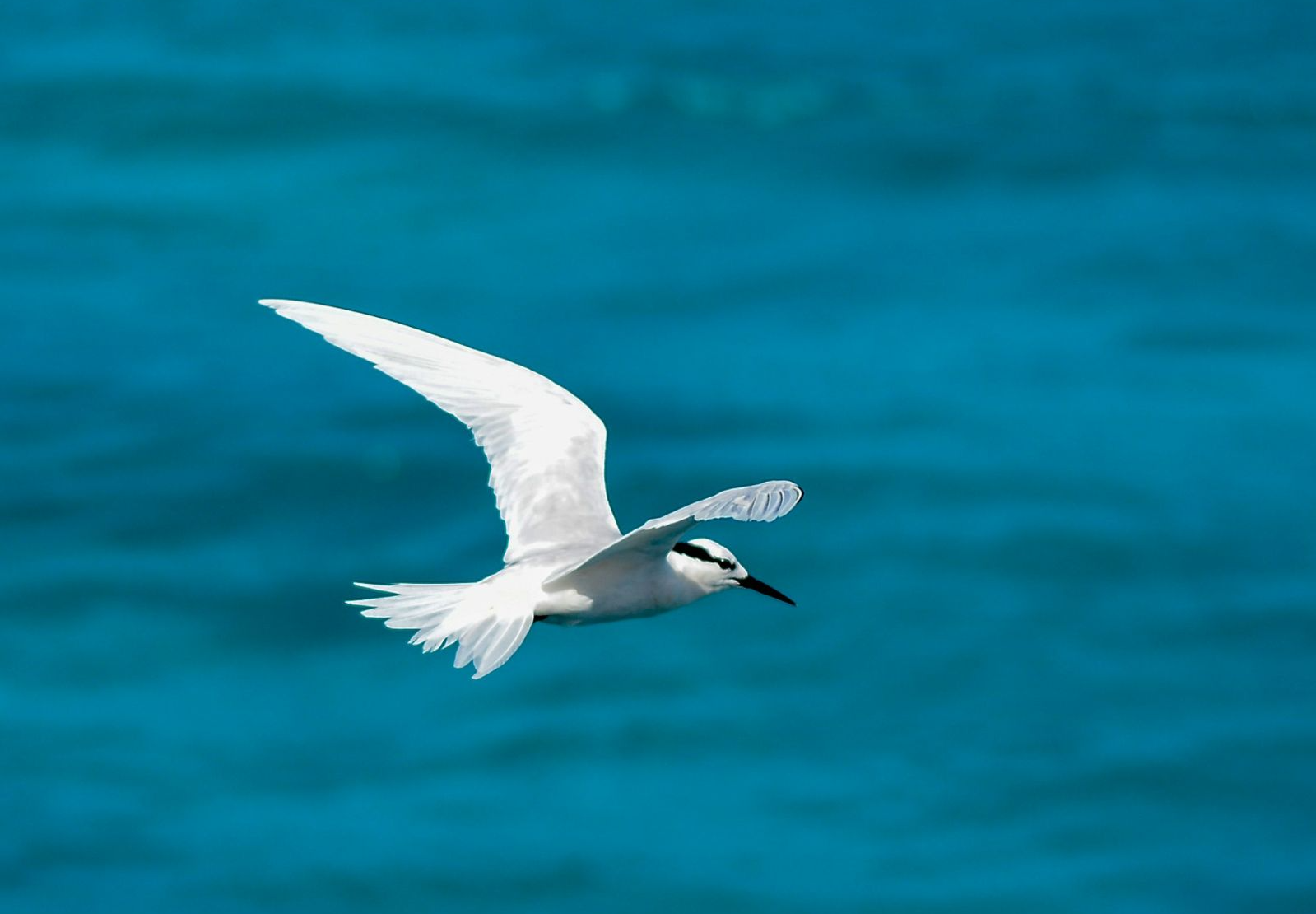Protecting Migratory Species

In February 2024, the Fourteenth Session of the Conference of the Parties
to the Convention on the Conservation of Migratory Species of Wild Animals (phew, that was a long title!) took place.
The theme was “Nature knows no borders” – a reminder that migratory species don’t adhere to political boundaries so efforts to conserve and protect them demand international collaboration and conservation efforts that cross borders. After all, have you ever heard of an snow leopard presenting a passport to border control, or an Arctic tern filling out visa forms for their 22,000 mile trips every year?
The State of the World's Migratory Species Report did not make good reading for nature.
The State of the World’s Migratory Species discovered that migrating species are declining because of human over-exploitation, habitat loss and degradation. We have to do more so stop the risk of extinction getting worse. You can read the report here.
So everyone needs to work together, regardless of nationality, to help these species survive and thrive, instead of depleting in numbers and facing a journey to extinction. We need migratory species: they help transfer nutrients between environments, they graze, pollinate via seed dispersal, store carbon, and control pests. But without the right habitats and conditions, migratory species will not survive.
From 12th to 17th February, governments, scientists and stakeholders came together to work out how to help these migratory species and agree on strategies for their conservation of them and their habitats. There were high level presentations from bodies such as the Global Environmental Facility, the World Bank, the International Union for Conservation of Nature (IUCN), the International Council for Local Environmental Initiatives (ICLEI), and the Division for Ocean Affairs and the Law of the Sea. There were over 240 participants from conservation organisations, many of whom were at a CMS COP for the first time, and 92 CMA Parties and 16 UN agencies. In all, there were representatives from 133 UN member states who gathered for the COP14 conference in Samarkand, Uzbekistan.
A first for Asia...
This was a historic meeting – the first time it had been held in Asia, for a start. This was important because Asia gives habitat to many migratory species, including the Saita Antelope, the Snow Leopard and many species of migratory birds.
The meeting concluded with a set of actions for the conservation of migratory species of wild animals. That’s what wildlife need – action from us to help them survive and thrive.
Heading Text
A host range of new measures to safeguard migratory species were adopted, such as:
- 14 species were added to the coverage of the Convention (e.g. the Pallas’s Cat, the Sand Tiger Shark, the Eurasian Lynx)
- Other measures were adopted to safeguard species such as the giraffe and the chimpanzee
- Resolutions, decisions and concerted actions were adopted on over 100 distinct topics
- Agreement was reached on a Central Asian Flyway spanning 30 range states of migratory birds, with the establishment of a co-ordinating unit in India (with financial support from the Indian government).
"COP14 in Samarkand represents a milestone. With the scientific backing of the first-ever State of the World’s Migratory Species report launched at the start of COP, we must now implement CMS mandates. The ambitious goals set at COP14, coupled with the new Samarkand Strategic Plan for Migratory Species offers a clear roadmap for action,”
Working together is critical
Summit delegates concluded that they will need to work collectively to defend global habitats to protect migratory species who regularly cross borders.
The vision is that by 2032, migratory species are thriving and live in fully restored and connected habitats.
The World Land Trust comments that over half of the world’ls nearly 10,000 Key Biodiversity Areas act as crucial places to breed, feed and rest for many migratory species and they are not yet designated as areas for conservation.
It will be necessary to map and protect the areas, and the land will need to be protected and restored with trained, equipped rangers who understand the importance of conservation.
5 ways to help migratory species:
- Read the documents State of the World’s Migratory Species
- There are two World Migratory Bird Days on 11 May and 13 October 2024. This year the focus is on migratory insects, a vital source to migratory birds. Birds look for insects in fields, forests, wetlands and other habitats on their long journeys. Find out how you can help.
- Look after the migratory species in your neighbourhood. Hedgehogs travel some distance every night – are you making sure they can travel through your garden and your neighbours?
- Be inspired and heartened by the wildlife corridors being built to help wildlife cross safely.
- Share what you've learnt and spread the word.
Comments